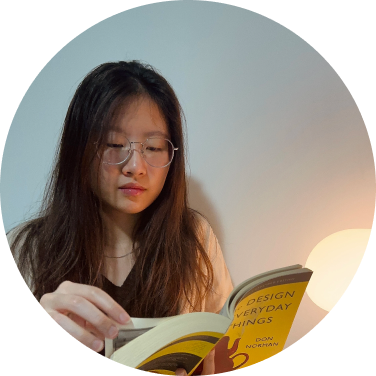Introduction
- Designing for users means encountering unexpected behaviours, confusing feedback, and miscommunications—not just from users, but also from teammates and stakeholders.
- As UX/UI designers, it’s easy to judge: “Why would a user behave that way?” or “Why did my teammate suggest that?” However, judgment creates walls, while curiosity opens doors to deeper understanding and better outcomes.
1. Judgment vs. Curiosity in the Design Process
Shifting from judgment to curiosity, whether directed at users or teammates, helps uncover hidden motivations, enabling better decisions and relationships.

Image: Design Inspiration on Whiteboard.
Judgment:
- Toward users: “Why would someone click that? That doesn’t make sense.”
- Toward other designers: “That approach is over-complicated—why would they do it like that?”
Curiosity:
- Toward users: “I wonder what made them take that action.”
- Toward teammates: “I’m curious—what inspired you to approach it that way?”
2. Why Designers Default to Judgment

Image: People at work.
- Bias toward our own work: We naturally defend our own designs, which makes it hard to appreciate others’ perspectives.
- Time pressures: Under tight deadlines, it’s easy to dismiss new ideas or strange user behaviour.
- Cognitive biases: We assume most users and teammates think the same way we do.
- Ego and ownership: Designers feel invested in their work, so receiving feedback—whether from users or other designers—can feel like criticism.
The Benefits of Curiosity Toward Users and Teammates
- Deeper user insights: Curiosity helps uncover the why behind behaviour, leading to user-centered designs.
- Better collaboration: A curious approach fosters openness between designers, leading to stronger, more innovative solutions.
- Fewer misunderstandings: Instead of assuming someone misunderstood your design, curiosity helps you explore where the disconnect might have happened.
- Continuous learning: Curiosity ensures you’re always evolving—whether it’s through user feedback or peer suggestions.
3. Practical Ways to Foster Curiosity in UX/UI Design

Image: Discussing app development.
- Ask ‘What am I missing?’: When reviewing feedback from users or teammates, consider what perspective you might not have thought of.
- Seek to understand first: When another designer suggests an approach you don’t agree with, ask, “What made you think that would work?”
- Explore user behaviour without blame: If a user doesn’t follow the expected path, see it as a clue, not a mistake—what needs are they trying to meet?
- Frame feedback as a conversation: Ask other designers how they might solve a design problem differently, and share your thinking in return.
- Use retrospectives to reflect openly: After completing a project, discuss not just what went right, but where different approaches might have been more effective.
4. Real-World Scenarios Where Curiosity Helps with Users and Designers

Image: Users and Designers.
- Usability Testing: If users struggle with your interface, be curious about what caused the friction—was it the design, wording, or context?
- Team Collaboration: When a fellow designer offers unexpected feedback, pause and ask for their thought process before dismissing it.
- Receiving Peer Critiques: Instead of defending your design right away, try to understand the critique: “What are they seeing that I missed?”
- Handling Stakeholder Input: When stakeholders push for changes, explore their underlying concerns instead of viewing them as roadblocks.
5. Overcoming Challenges in Staying Curious
- Time Constraints: Integrate curiosity into quick conversations—ask teammates “What do you think?” instead of dismissing alternative ideas to save time.
- Bias Awareness: Use tools like design critiques or peer reviews to surface your own blind spots.
- Handling Conflicting Opinions: Curiosity helps uncover common ground when teammates or users provide differing feedback—focus on what you can learn from both sides.
Conclusion
- Whether working with users or fellow designers, approaching situations with curiosity instead of judgment creates space for empathy, better solutions, and smoother collaboration.
- The next time you encounter unexpected feedback—whether from a user, a teammate, or a stakeholder—pause, and ask, “What can I learn from this?”
- Closing thought: “Curiosity isn’t about agreeing with everyone—it’s about being open enough to explore new possibilities and build stronger connections.”


